How Well Do You Know Your Electrical System?
Being electric-savvy can keep your family safe, and your power usage costs down
Know your circuit breaker
This safety device, also known as a consumer unit (CU), works by breaking an electrical circuit when it has been overloaded, preventing overheating of wiring and sparks that may cause a fire. Housed in a wall-mounted box, the CU has rows of switches, one for each circuit in the home. In a HDB flat, these are known as double-pole Miniature Circuit Breakers (MCBs), Residual Current Circuit Breaker (RCCB), outgoing single pole MCBs and terminals, through which all the electrical wiring in your unit runs through.
A circuit switch will trip when the power running on a particular circuit exceeds what it is loaded to provide, for example, if you have four high-powered appliances running at the same time from one power point.
This safety device, also known as a consumer unit (CU), works by breaking an electrical circuit when it has been overloaded, preventing overheating of wiring and sparks that may cause a fire. Housed in a wall-mounted box, the CU has rows of switches, one for each circuit in the home. In a HDB flat, these are known as double-pole Miniature Circuit Breakers (MCBs), Residual Current Circuit Breaker (RCCB), outgoing single pole MCBs and terminals, through which all the electrical wiring in your unit runs through.
A circuit switch will trip when the power running on a particular circuit exceeds what it is loaded to provide, for example, if you have four high-powered appliances running at the same time from one power point.
If the power suddenly goes off in a room, switch off any appliances you may have turned on just before the power failure. Check your circuit breaker for a tripped switch, which you’ll know as it will be in a different position from the others. Simply flip it back to the “on” position to turn it on again.
To save you guessing the next time the power goes out, label each circuit breaker switch so that you know which circuit and in which room in your home it protects. Turn on all the lights in your house, and turn the switches off one by one to see which area/room goes dark in order to find out which switch regulates which circuit.
If a circuit’s burnt, don’t try and fix it yourself, the Singapore Electrical Contractors and Licensed Electrical Workers Association advises.
To save you guessing the next time the power goes out, label each circuit breaker switch so that you know which circuit and in which room in your home it protects. Turn on all the lights in your house, and turn the switches off one by one to see which area/room goes dark in order to find out which switch regulates which circuit.
If a circuit’s burnt, don’t try and fix it yourself, the Singapore Electrical Contractors and Licensed Electrical Workers Association advises.
Child-proof your electricals
Electrical outlets – often called power points – and dangling wires can spell disaster for a little child who’s learning to crawl or walk. Keep your little one safe from possible electric shocks or getting tripped up by loose wires by using:
Electrical outlets – often called power points – and dangling wires can spell disaster for a little child who’s learning to crawl or walk. Keep your little one safe from possible electric shocks or getting tripped up by loose wires by using:
- Outlet covers. These insert into an outlet like an ordinary plug, preventing a child from poking fingers or other items into the outlet holes.
- A safety cover over any power strip or extension bar (a power strip or bar containing two or more electrical outlets).
- Cord shorteners or rollers to keep excess cords and wires tucked away.
- Wire-management accessories like cord barrels, clamps and clips to keep messy or exposed wiring bundled together, covered, or tacked against the wall.
Switch off to save
Appliances left on standby mode can add up to 10 per cent to your normal electricity consumption. Power points that aren’t being used but are switched on could also be using up a tiny amount of electricity known as vampire power. You can save up to $100 a year just by switching off such appliances and power points completely!
TELL US
Got an electrical safety tip we missed? Share it in the Comments section.
Appliances left on standby mode can add up to 10 per cent to your normal electricity consumption. Power points that aren’t being used but are switched on could also be using up a tiny amount of electricity known as vampire power. You can save up to $100 a year just by switching off such appliances and power points completely!
TELL US
Got an electrical safety tip we missed? Share it in the Comments section.


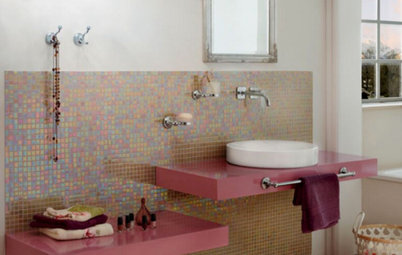

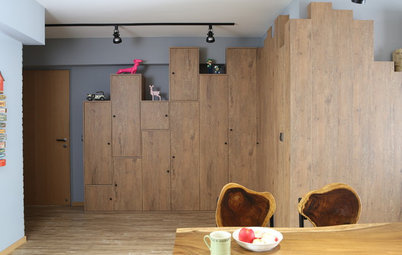
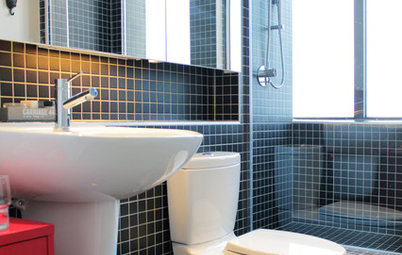
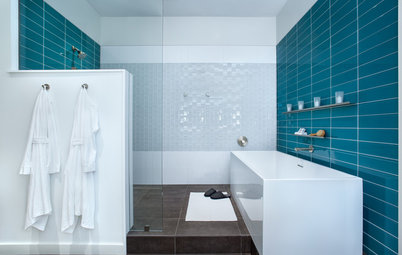
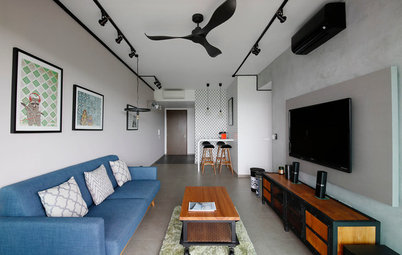

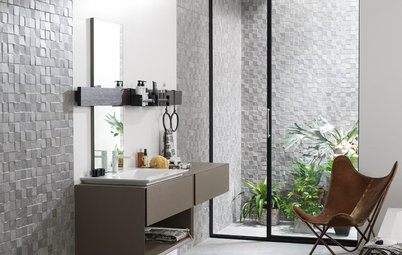
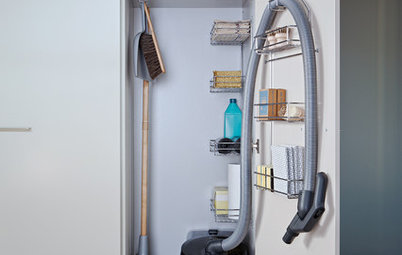
If you live in a HDB flat or condo unit, you’ll typically find your circuit breaker in the kitchen, service yard, storage room or household shelter.